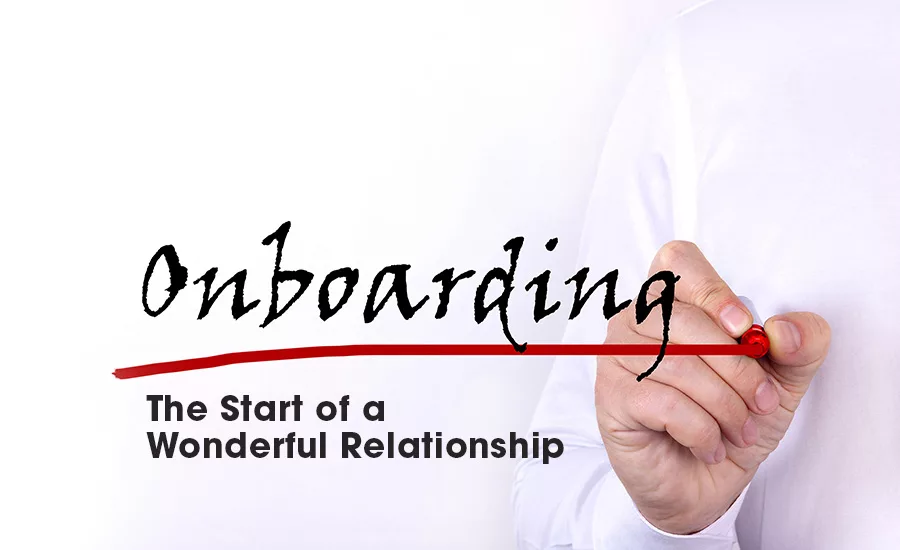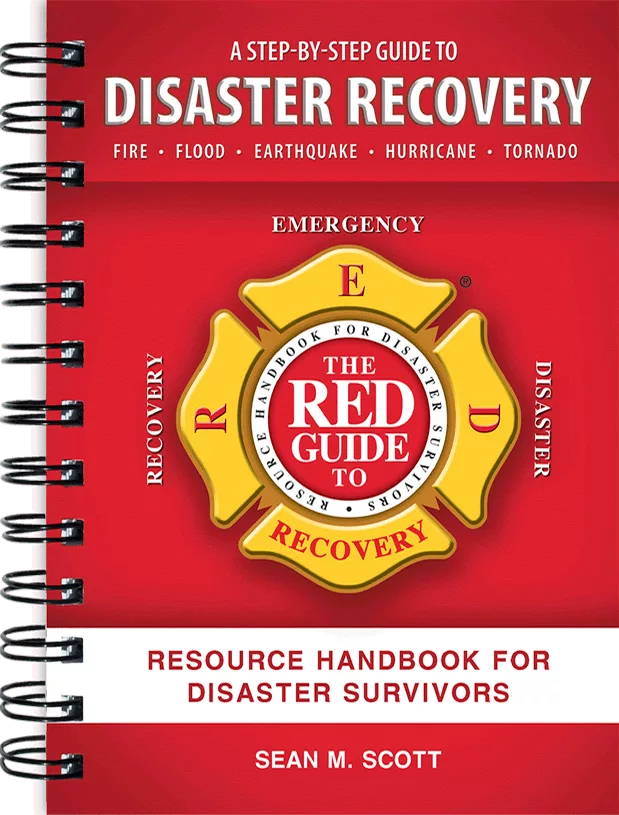Onboarding — The Start of a Wonderful Relationship

There was a time when new hire orientation meant the new employee spent a day or two in the office filling out forms, signing documents, and reading a slew of company literature and policies, many of which were outdated. We’ve come a long way, baby! The smart money now understands that, as hard as it is to find and hire good people, the onboarding process is your chance to create an awesome impression for new employees. How it goes often sets the stage for that person’s future with the company.
Notice I said onboarding “process.” That’s important, because that’s what it is—a process. We now recognize that onboarding is not just about meeting a few people, finding the restrooms, and knowing how to schedule vacation. These first few weeks and months are critical in the employee’s life cycle because this period lays the foundation for future success.
Like the many types of planning we do in business, building an effective onboarding process begins with having stated objectives. The structure and content of your onboarding should be driven by what you determine new hires need to understand about the organization and their role. Answers to questions like the following will help you focus on what is most important:
- What do you want every new employee to know before they begin work in their new role?
- What information, resources, and contacts will the person need to have to be positioned to succeed in their job?
- What do all existing employees already know that helps them in effectively performing their jobs that should be shared with new employees?
- How can you help new employees understand what makes your company unique and better in the eyes of your customers?
- What information, company traditions, and stories should be related to new employees to help them better understand who you are, what your core values are, and how you treat and work with each other?
Another factor in determining the effectiveness of your onboarding process is deciding who will participate. For many of the topics related to the overall company and administrative elements, the participants may be the same for all new hires. Subject matter that is more specific to the department or job the new person is taking on will mean that different employees will need to be involved.
As you go about creating the list of topics to be covered during onboarding and identifying who will be responsible for each, consider both teaching and learning. While the purpose of many of the individual sessions will be to share with or explain information to the new person, it is also important to take advantage of opportunities to learn about them. Encourage all who will be working with the new employee to become more familiar with their experience, training, and education; understand the person’s career goals and objectives; and gather any pertinent information they may have regarding the company’s vendors or main competitors.
Taking into account the method of training or information sharing to be used for each subject, be sure your onboarding schedule provides time for reading or review of material, the training sessions themselves, questions and clarification, and some form of assessment that will allow you to verify that the intended learning is taking place. Realize that hands-on experience is always preferred over simply reading a description or viewing videos of how a task is to be done.
It is critical that the business owner be involved in the onboarding process. This should start with them welcoming all new employees to the organization on their first day and personally conducting the conversations about the company’s mission, vision, core values, and culture. New hires need to hear this information from the source, which is the leader of the organization. The owner should also make it a point to follow up with the employee periodically, especially during the first couple of months, to ask how they’re doing, if they have questions, and if there are things about the job, the work, or the company that are different from what they expected.
Some companies use “buddies” or mentors as part of their onboarding process. These peers are actively involved in making sure the new person gets the tools, information, and resources they need to be successful.
When the list of topics to be covered and the schedule are complete, be sure to share them with the new hire as part of their first day or two. This will not only help your new employee feel more comfortable about what they’ll be doing in the coming weeks, it should leave them impressed with the amount of thought and planning that went into preparing them for their job and helping them to assimilate into your organization.
The best sources for feedback on the effectiveness of the onboarding process are employees who have recently gone through it. Give them enough time on the job to realistically assess how well-prepared they were for their position. Three to six months after they’ve completed their onboarding is typically enough time for new employees to have a good feel for this. And at that point they aren’t so far down the road that they’ve forgotten what the onboarding experience was like.
During their onboarding process, let new employees know that you will be asking for their input and ideas for improvement after a few months on the job. Be sure to give them feedback on their performance in the meantime. Don’t wait three to six months to tell them how they’re doing and where improvements are needed. Do use the opportunity of the post-onboarding follow-up session to give them additional feedback.
Based on an adequate level of feedback, hiring managers are then responsible for recommending appropriate changes to the onboarding process.
Companies that are growing and are constantly adding new employees are at risk of losing what makes them exceptional. All the players on your team need to understand and live those differentiators. You need to be intentional about what makes you excellent and diligent about passing that on to everyone who joins your team. Typically, your “core” consists of the systems, processes, and culture that define who you are, how you deliver your products and services, and how you treat your customers and each other. Your employees are the heartbeat of that core.
Looking for a reprint of this article?
From high-res PDFs to custom plaques, order your copy today!







